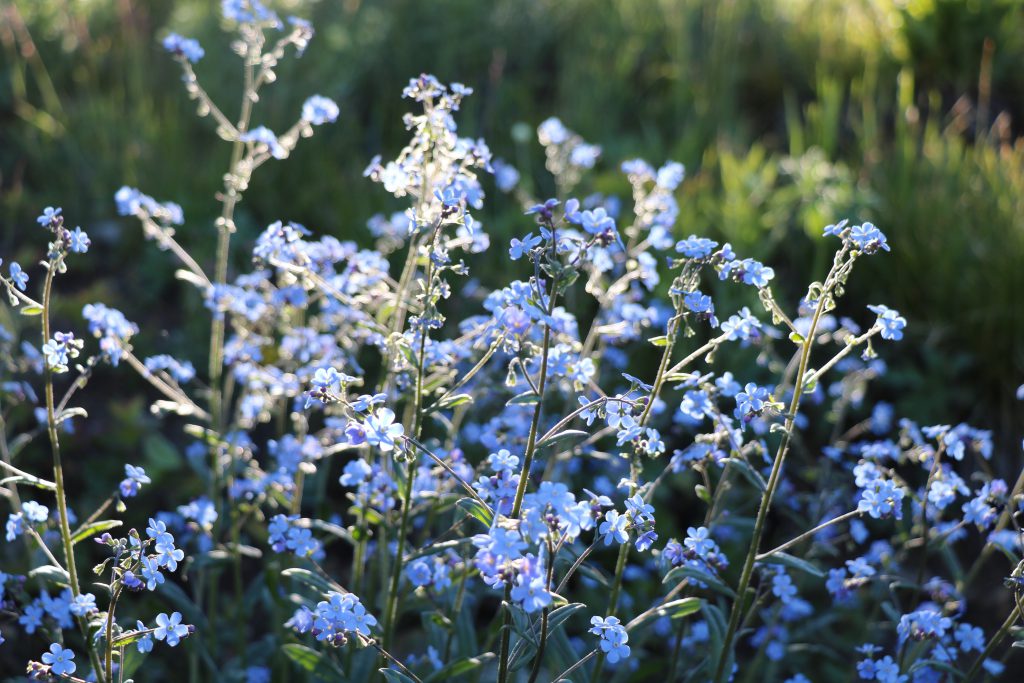
Meeting with author and field ecologist, Cristina Eisenberg, was more than inspiring. Maybe it was her passion for all the research projects she has going on; maybe it was because of all the personal relationships she has created with the people of the Kainai First Nation; or maybe it was because of her knowledge with advanced technologies and western sciences, mixed with traditional ecological knowledge. Whatever it is, she is one bad mamma jamma.
Our day in the field with Dr. Eisenberg consisted of measuring Aspen trees and discovering the complicated web between wolves, elk, fires, bison, aspen, and grasslands intertwining with one another. Although this is a tricky concept, Cristina has figured out how to mesh advanced technologies and Western Science with Traditional Ecological Knowledge (T.E.K.). T.E.K. is a beautiful notion consisting of long-term knowledge, passed down to each generation, filled with detailed information from first nations about the local environment surrounding them. The cool thing about T.E.K. is that although it’s based off traditions from back in the day, new information can be added while old information is modified as the environment is transformed.
Contributing to the complex web in Waterton, wolves have been prancing around the grasslands, which have developed a rising fear within the elk. The result of this is creating elk to be more cautious of their surroundings and not allowing them to graze in an area for too long. This creates a harmonious balance within the grasslands. These grasslands are important to the carbon cycle for their sequestration capacity, which is necessary for the health of humans and wildlife. A simple way to solve this issue is bringing bison back into the picture. Historically free ranging, wild bison have enhanced the growth of aspen trees by rubbing their horns through them along with trampling them down. Plus, bison are a significant and cultural symbol of the Native Americans.
Before European settlers came to America, causing the greatest slaughter in history of bison, Native Americans on the plains relied on these bison for food and shelter. They created a link between Native people and the land, along with being a central figure in their ancient culture. These bison acted as bio-engineers in grasslands: shaping plant communities, creating habits for other wildlife, as well as transporting and recycling nutrients. Although many Native Americans still maintain a deep relationship with bison and the land, it’s difficult to express their interconnections because of the absence of bison. That being said, the mutualistic relationship between humans and bison is just one example on how we can all coexist with each other, to live on a happy and healthy planet.